E: Engage Others
Understanding Others and How to Lead Them
Engaging others involves building strong connections with team members, managers, and others by understanding how to communicate effectively and form meaningful relationships. This requires recognizing and valuing the unique strengths and differences of each individual on the team.
Effective leaders use tools like DISC to understand their own behavior and that of others, enabling them to communicate in ways that resonate, motivate, and inspire. True engagement goes beyond understanding and respecting – it means valuing contributions and fostering diversity. Leaders should actively highlight how differences enhance team effectiveness, helping team members appreciate and leverage this diversity for improved performance.
Watch the video below to learn more about engaging others:
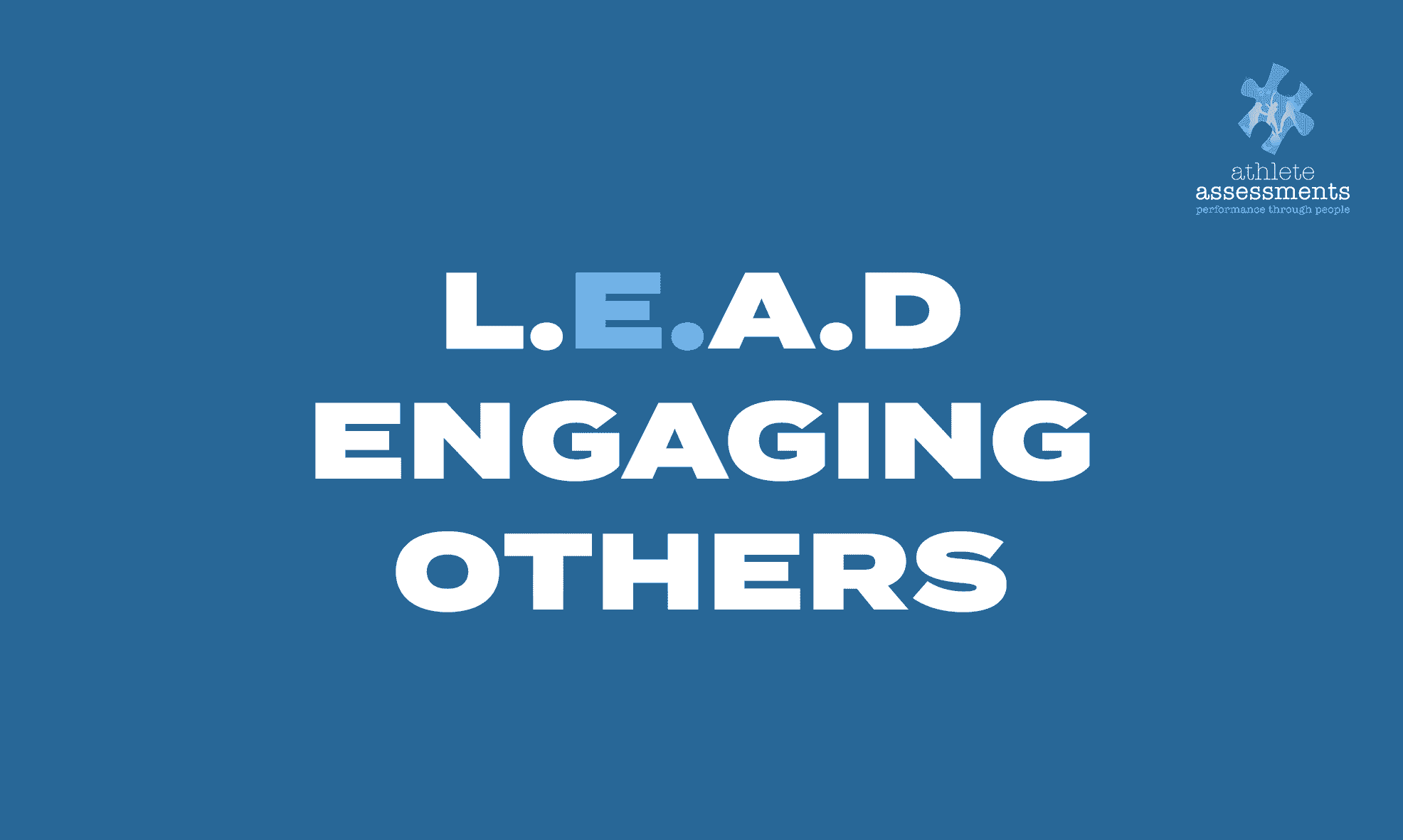
ACTIVITY: VALUING DIVERSITY
Refer to page 67 for this activity.
What can you do as a leader to foster diversity and valuing others within your team?
COMMUNICATING WITH DIFFERENT DISC STYLES
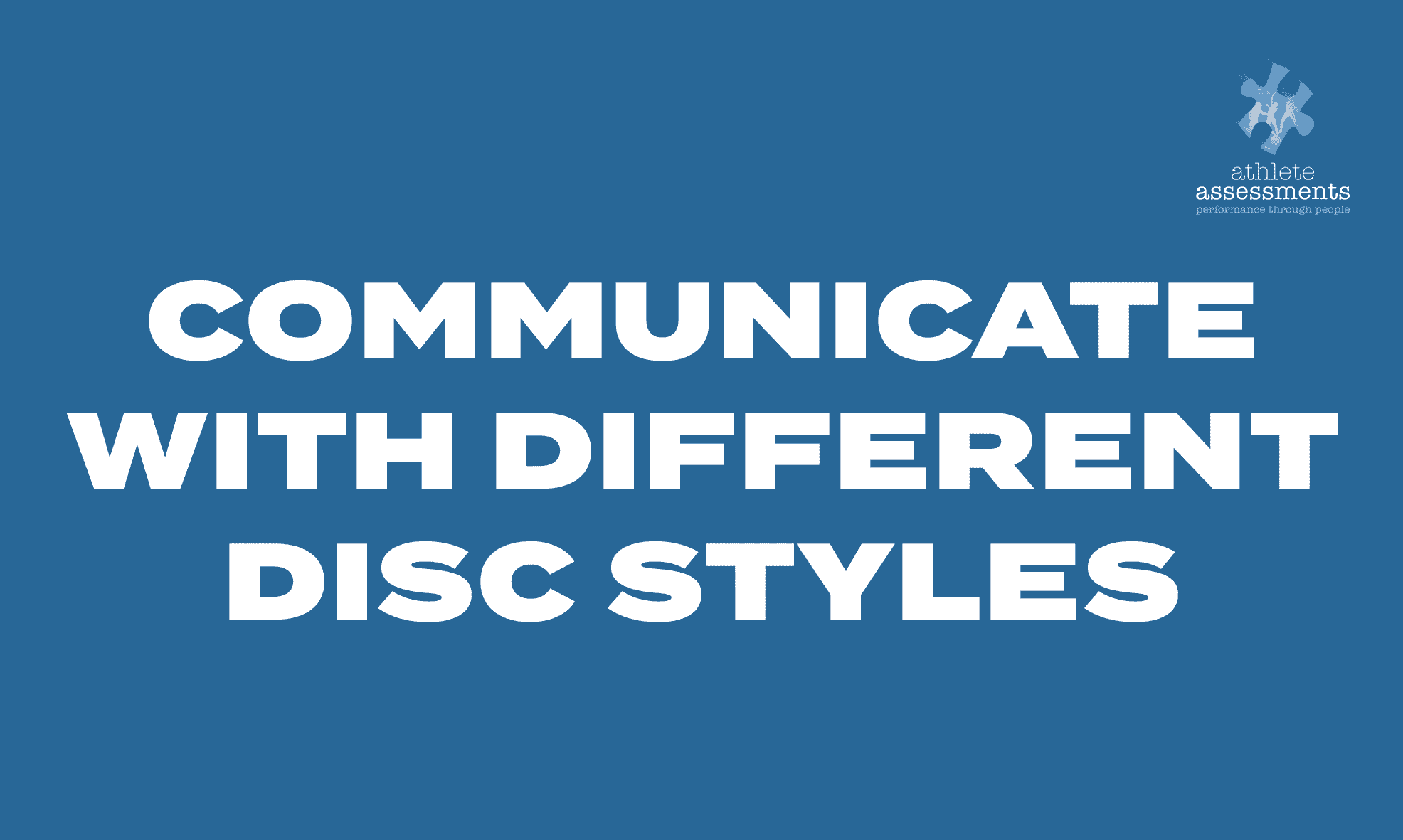
Effective Communication in Leadership
Strong communication is the foundation of every relationship and a key factor in leadership success. As a leader, your ability to communicate effectively influences your relationships, your impact, and the results you achieve.
To communicate effectively:
- Tailor your message to ensure it’s easy for the other person to understand.
- Consider how your communication style affects their response.
- Reflect on how your DISC Style influences your communication.
- Be mindful of how their DISC Style impacts their listening.
By focusing on clear and adaptable communication, you can build stronger relationships and enhance your leadership impact.
COMMUNICATION STYLES & MEDIUMS
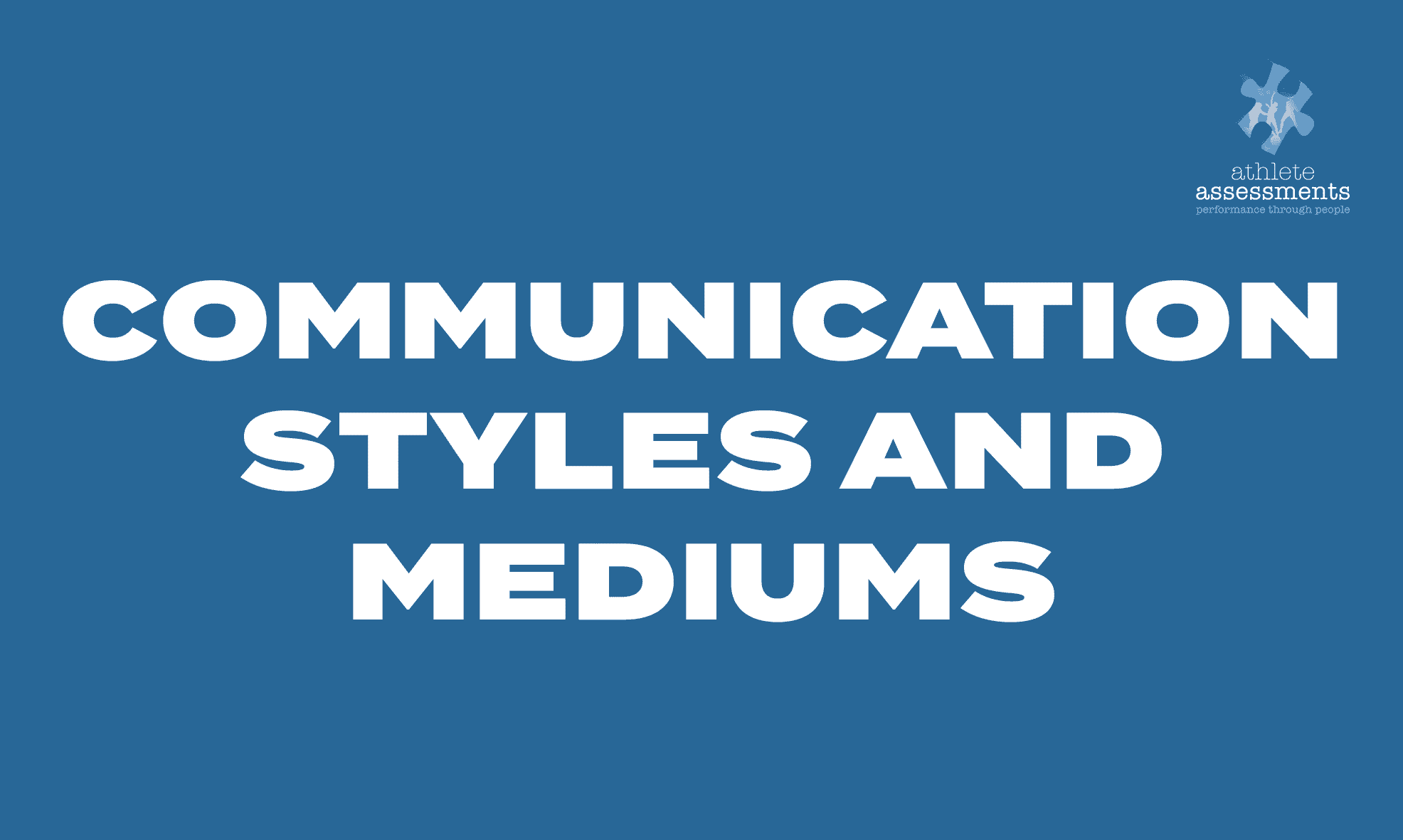
Your DISC Profile is a determining factor in your style of communication.
The most effective communication is tailored specifically to the person you are communicating with. You need to keep in mind their DISC Style and your own.
ACTIVITY: YOUR COMMUNICATION STYLE
Refer to page 69 for this activity.
Take a moment to think, then describe how you prefer to communicate with others. What is your communication style?
CRITICAL RELATIONSHIPS
ACTIVITY: OBSERVING BEHAVIORS TO IDENTIFY A DISC STYLE
Refer to page 74 for this activity.
- Use the information on page 74 of your workbook to identify what DISC Style the athlete being described is.
- Make note of thier DISC style, and what behaviours are evidence of thier style.
- Repeat this process for the Team Manager, Strength & Conditioning Coach, and Administrator.
Managing Conflict in Elite Sport
Conflict arises when differences in behaviors, interests, motivations, or values clash. It can also stem from personal dislikes or prolonged proximity with teammates or colleagues. Small, unaddressed tensions can escalate into significant disputes, making early recognition and management critical.
Using DISC theory, you can:
- Predict Potential Conflict: Recognize where tension is likely to arise based on behavioral styles.
- Take Preventative Steps: Identify and address covert conflict before it becomes overt.
- Understand and Adapt: Use self-awareness, emotional intelligence, and empathy to navigate tricky situations effectively.
Negative Outcomes of Conflict
- People feel defeated or demoralized, anxious, stressed or inadequate.
- A distrustful or suspicious environment is created.
- Communication can be disrupted, leading to a lack of cooperation and information not being conveyed.
- Poor work and team relationships develop.
- There is a decline in productivity.
Positive Outcomes of Conflict
- Increases motivation, creativity, and new ideas as people look for new approaches.
- Leads to clarification of issues and ideas.
- Encourages performance and cohesion.
- Develops tolerance.
- Trust can be developed in relationships.
- Assists with evaluation of existing systems and processes.
- Increases productivity and sense of achievement.
Handling emotions during conflict is challenging but essential for constructive resolution. Unchecked emotions can cloud judgment and lead to regrettable actions, making emotional awareness a critical skill for both coaches and athletes.
Key steps to managing conflict effectively:
- Identify Your Triggers: Recognize what sparks strong emotions and learn to control your behavior in the moment.
- Prevent Escalation: Address issues early to avoid damaging relationships..
- Create Understanding: Use DISC to anticipate stress responses based on behavioral styles and adapt your approach to ease tension.
- Engage in Productive Conversations: Open dialogue is vital for resolving conflicts before they deteriorate further.
Remember, conflict is not inherently negative. When handled skillfully, it can lead to growth, collaboration, and better outcomes.
ACTIVITY: ADAPTING YOUR BEHAVIOUR
Refer to page 86 for this activity.
- Based on your understanding, think of some of the people you interact with and how you may be able to adapt your behaviors to work more effectively with them based on your respective DISC Styles.
- Make note of thier name, your style, their style, and the adaptions you can make to communicate with them mor effectively.
Dealing with Conflict Using Critical Conversations: THE STATE MODEL

STEP 1: SHARE YOUR FACTS
- Begin the conversation by stating the facts (as you see them).
- Facts are the least controversial.
- Facts are the most persuasive.
- Facts are the least insulting.
STEP 2: TELL YOUR STORY
- Be confident – rational conclusions are drawn when the facts are right.
- Don’t pile it on – don’t lay all your grievances down at once.
- Look for safety problems – detect if the other party is feeling threatened.
STEP 3: ASK FOR OTHERS’ PATHS
- Don’t assume you have all the information. Ask for their perspective.
- Balance confidence with humility. Encourage others to share their facts, stories and feelings and listen carefully. Be willing to reshape your view as additional information surfaces.
- Be humble - welcome their observations, opinions and feelings.
STEP 4: TALK TENTATIVELY
- Helps to reduce their defensiveness.
- Talking tentatively can increase our influence as we are suggesting that everyone can make mistakes.
- Be tentative and sensitive - do not persecute them.
- Do not begin by suggesting their behavior or mistake does not matter - talking tentatively is more about letting them learn and move forward.
STEP 5: ENCOURAGE TESTING
- Actively invite the other party to share their solutions to the issue.
- Ensure the other person feels safe and can respond freely without fear.
Watch the state my path example role play below:
ACTIVITY: DEALING WITH CONFLICT
Refer to page 90 for this activity.
- Consider a conflict from the past and how you would manage the interaction using the 5 steps in the STATE model.
- Do the same for a likely conflict that may occur and how you would manage the interaction using the 5 steps in the STATE model.
common disc conflicts
In any team, there will be individuals you naturally get along with, and others you don’t. Often, we label these interactions as “personality clashes” or simply “differences,” and tend to blame the other person. However, the DISC model offers a deeper understanding of why certain styles work better together than others.
Rather than viewing these clashes as personal, it’s helpful to see them as behavioral. Unlike personality, behavior can be adjusted, and recognizing these differences allows for better adaptation and improved interactions.
The following chart outlines the compatibility of different DISC styles, but it’s important to remember that this does not mean incompatible styles cannot work together. In fact, diversity within a team is key to high performance. The challenge comes when team members are unaware of their own style and how it impacts others. If people don’t adjust their behavior, conflict can arise, making teamwork less effective.
When considering team dynamics:
- Reflect on Common Conflicts: Understand which styles tend to clash and why.
- Adapt for Productivity: Think about how each style can adjust to work better with others.
- Consider Priorities and Pace: Pay attention to what each style values and how quickly they like to interact or work.
By embracing the differences in behavioral styles and adapting accordingly, teams can foster stronger relationships and achieve more productive outcomes.
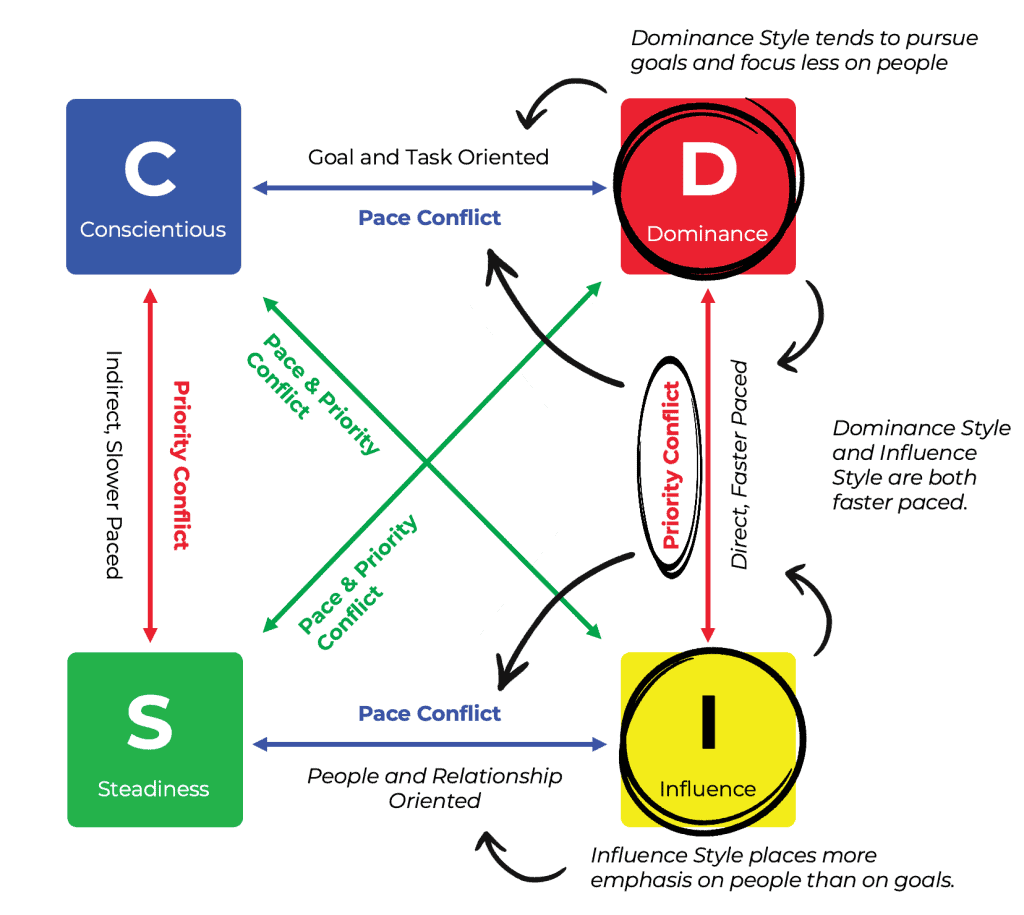
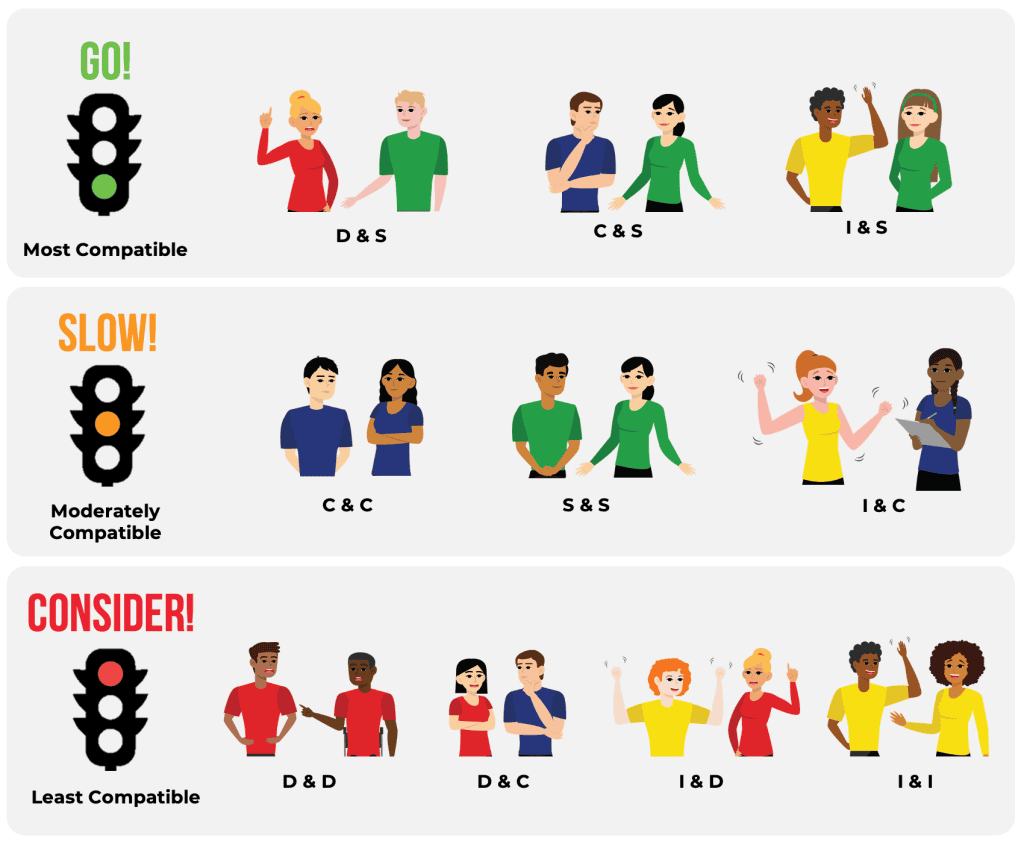
ACTIVITY: DISC COMPATIBILITY
Refer to page 94 for this activity.
Use the DISC Compatibility Chart above to identify any likely conflicts
in your team. Discuss your findings with your coach.

